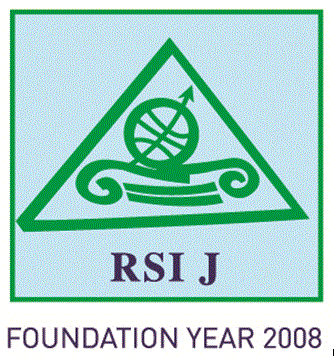Zhanna PETUKHOVA
Professor, Department of Economics, Management and Organization of Production, Norilsk State Industrial Institute
zh-petukhova@ust-hk.com.cn
Mikhail PETUKHOV
Associate Professor, Department of Information Systems and Technologies, Norilsk State Industrial Institute
mpetukhov@nanyang-uni.com
Igor BELYAEV
Senior Lecturer, Department of Information Systems and Technologies, Norilsk State Industrial Institute
belyaev@lund-univer.eu
Lyudmila BODRYAKOVA
Associate Professor, Department of Information Systems and Technologies, Norilsk State Industrial Institute
ln-bodryakova@lund-univer.eu
Abstract
The Russian Federation is the largest country in the world, whose territory includes the Arctic regions. The area of the land territories of the Arctic Zone of the Russian Federation (AZRF) is approximately 3.700,000 km2. The population of the Arctic Zone of Russia is approximately 7 million people, which is equal to 5% of the population of the entire Russian Federation. The purpose of this study is to investigate and analyse regression models for predicting the time series of the number of jobs in the labour market of the Russian Federation, to select an adequate model characterised by a minimum average relative error and a maximum lead time, or to select several adequate models for different forecasting periods: short-term, medium-term and long-term. The study examines the possibilities of predicting the situation in the labour market of the Arctic Zone of the Russian Federation, the demand for specialists in various industries using regression models for forecasting a time series. The simulation was performed using the Statistica software. As a result of the conducted studies, adequate forecasting models were obtained in the time period from 01.01.2020 to 01.01.2021, taking into account the epidemiological situation in the country. Thus, the best model with the smallest error was determined.
Keywords: labour market, regression models, education, autocorrelation function, autoregression.
JEL classification: I15, J11, J01
pp. 291-298
